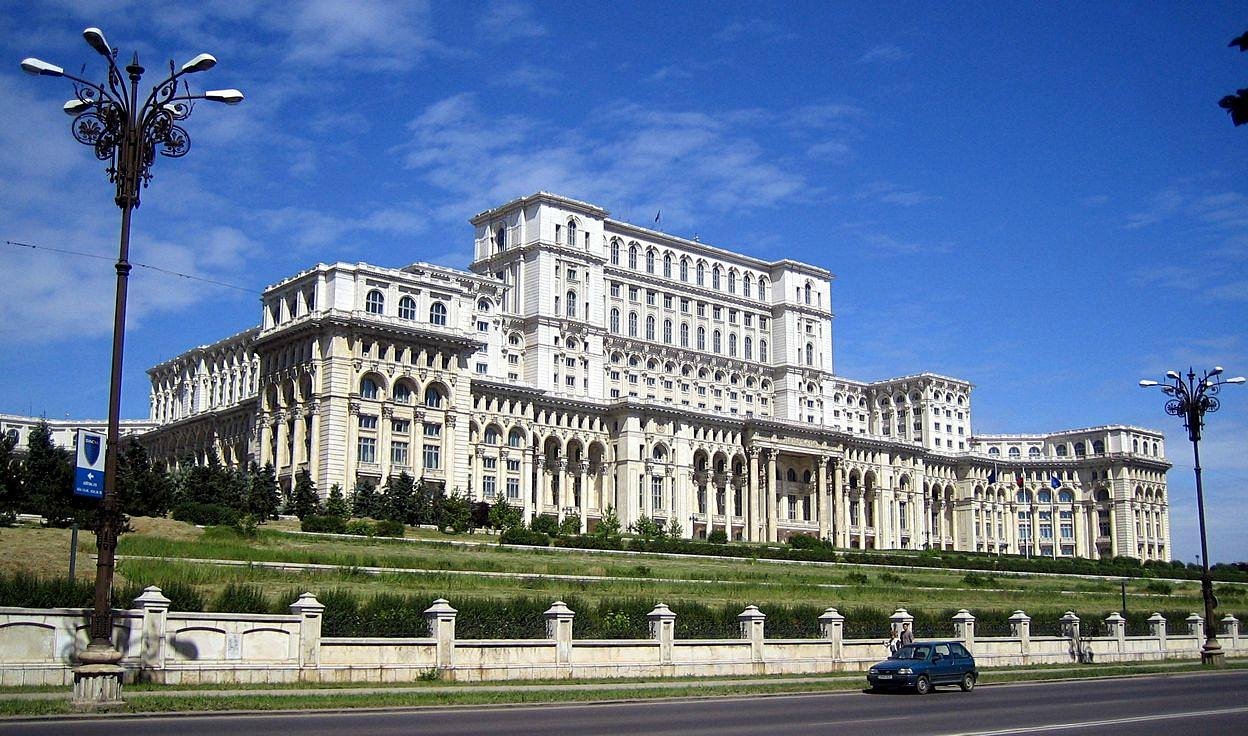The Palace of Parliament, also known as the People’s House (Casa Poporului), is an architectural marvel located in the heart of Bucharest, Romania. It stands as one of the most impressive and controversial landmarks in the country, symbolizing both the grandeur and the excesses of Romania’s communist era.
Construction of the Palace of Parliament began in 1984 under the regime of the dictator Nicolae Ceaușescu. The project was envisioned as a monumental tribute to the power and prestige of the Romanian state, intended to serve as the headquarters for the country’s government and as a symbol of communist supremacy. However, the scale of the project was unprecedented, and its construction came at an enormous cost, both in terms of resources and human rights violations.
The Palace of Parliament is a massive structure, boasting over 1,100 rooms spread across 12 floors, covering an area of more than 365,000 square meters (4 million square feet). It is the second-largest administrative building in the world, surpassed only by the Pentagon in the United States. The sheer size and opulence of the palace reflect Ceaușescu’s desire to create a monument that would rival the grandeur of other world capitals.
The architecture of the Palace of Parliament is a blend of neoclassical and socialist realist styles, characterized by its imposing facades, monumental columns, and ornate interiors. The building is adorned with marble imported from various countries, crystal chandeliers, and intricate woodwork, creating an atmosphere of luxury and excess.
Despite its architectural magnificence, the construction of the Palace of Parliament came at a great human cost. Thousands of homes and historic buildings were demolished to make way for the project, displacing countless families and erasing centuries of history. Moreover, the construction process involved the forced labor of thousands of workers, many of whom were subjected to harsh working conditions and inadequate safety measures.
Following the fall of communism in Romania in 1989 and the execution of Nicolae Ceaușescu, the Palace of Parliament remained unfinished and largely unused for several years. However, in the decades since then, efforts have been made to repurpose the building and transform it into a symbol of democratic governance and national pride. Today, the Palace of Parliament houses the Romanian Parliament, as well as various cultural institutions, conference facilities, and museums.
Despite its controversial past, the Palace of Parliament remains a testament to the resilience and ingenuity of the Romanian people. It stands as a reminder of the country’s complex history and serves as a symbol of both the challenges and the triumphs of the democratic era. Whether admired for its architectural splendor or criticized for its dark legacy, the Palace of Parliament continues to fascinate and intrigue visitors from around the world, offering a glimpse into Romania’s tumultuous past and uncertain future.

